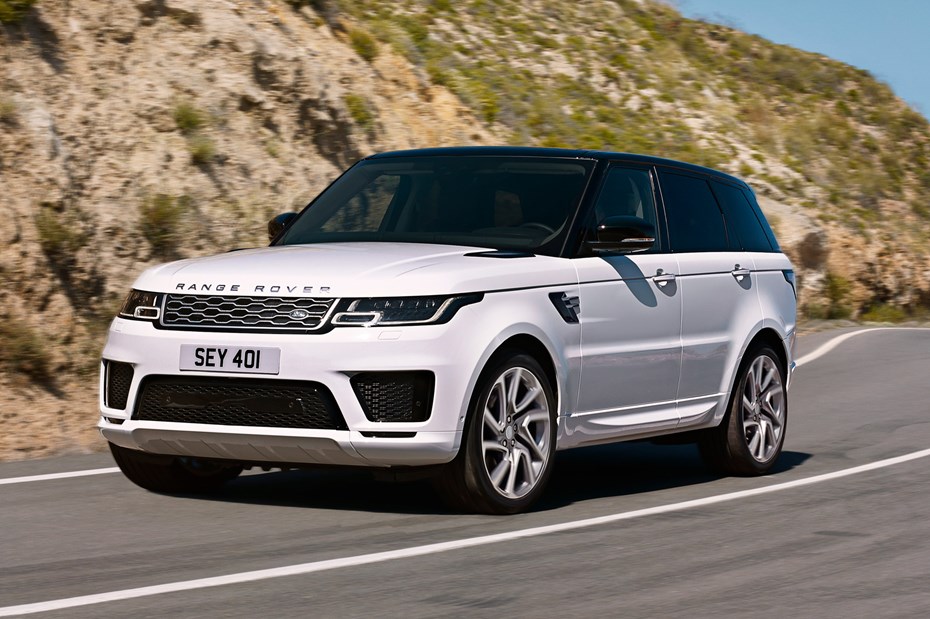Ever considered a Range Rover Sport but been put off by monumental BIK bills? Well that could all change soon with the introduction of the P400e, a plug-in hybrid comprising petrol and electric motors to keep CO2, and hence tax, agreeably low.
Unveiled as part of the 2018 model year upgrades across the Sport range, this new drivetrain boasts some very impressive statistics.
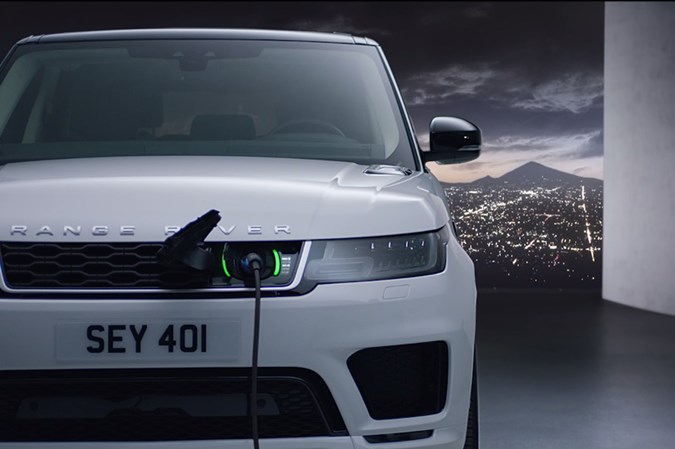
Fuel economy of 101mpg is claimed on the NEDC test (though it’s highly unlikely you’ll be able to get anywhere near that on the road), while the P400e can travel for up to 31 miles on electricity alone and emits just 64g/km of CO2, slotting it into a BIK band of 13% for the 2017/18 tax year.
Furthermore, you’ll be able to top up the batteries using a fast charger in two hours and 45 minutes, and total power output is 404hp with 640Nm of torque, enabling a 0-60mph dash in 6.3 seconds and a 137mph top speed.
How does the Range Rover Sport P400e work?
The basic layout is a 2.0-litre turbocharged petrol engine producing 300hp, connected to an 85kW electric motor fed by a 13.1kWh lithium-ion battery. The plug socket is hidden behind a redesigned grille flanked by new LED headlights.
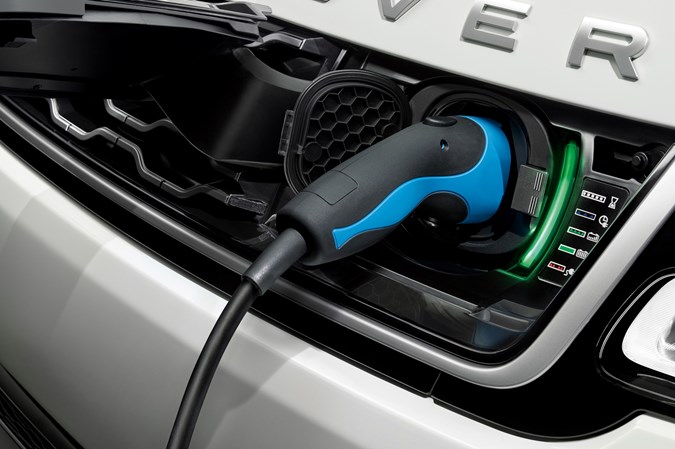
It uses an eight-speed gearbox that houses the electric motor, with the drivetrain’s output sent to all four wheels.
There are two extra drive modes on the P400e – default (combining petrol and electric power, including the ability to save a certain amount of battery and also for the car to decide how to meter out the two using GPS), and EV (Electric Vehicle) mode which runs solely on electricity.
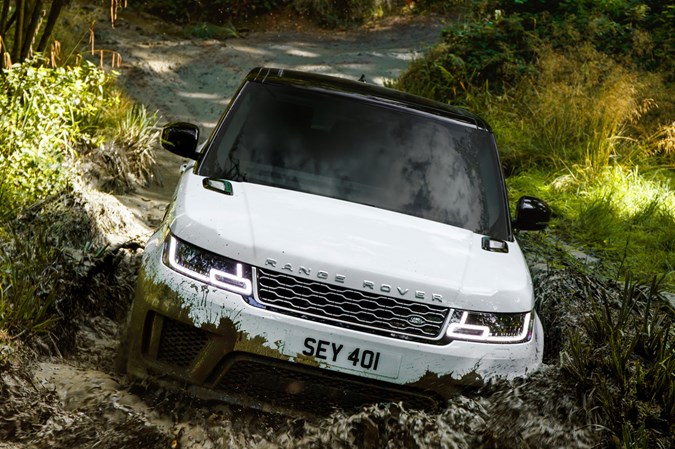
Land Rover’s Terrain Response 2 off-roading system has been reconfigured too, taking into account the fact that the electric motor delivers all its torque from 0rpm.
What other changes are there for the 2018 Range Rover Sport?
An all-new multimedia system called Touch Pro Duo has a pair of 10-inch touchscreens, while there are 12 powerpoints inside the car including normal three-pin power sockets. Jaguar Land Rover’s Activity Key, which is a wearable, waterproof car key first seen on the Jaguar F-Pace, also joins the range.
A ‘gesture sunblind’ allows the driver to simply swipe the roof’s sunblind open or shut, while an automated trailer parking system and clever LED headlights with anti-dazzle technology feature too.
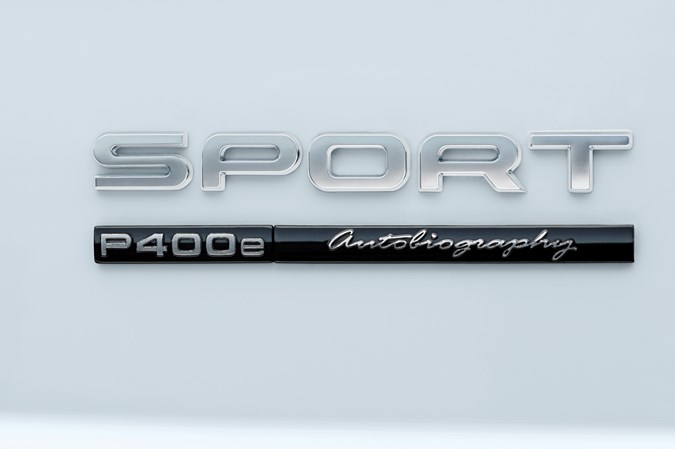
There are also three new alloy wheel designs and a carbonfibre exterior styling pack. Thinner front seats with posher leather mean more interior space is also on offer, while a digital instrument display shows the driver the information they need to know.
How much will the Range Rover Sport P400e plug-in hybrid cost?
Prices start at £70,800 for an HSE version, rising to £73,800 for an HSE Dynamic and topping out at £84,400 for an Autobiography Dynamic.
That means a 40% tax payer should expect to pay between £306 and £366 per month (assuming no optional extras) in benefit-in-kind for the 2017/18 tax year.



